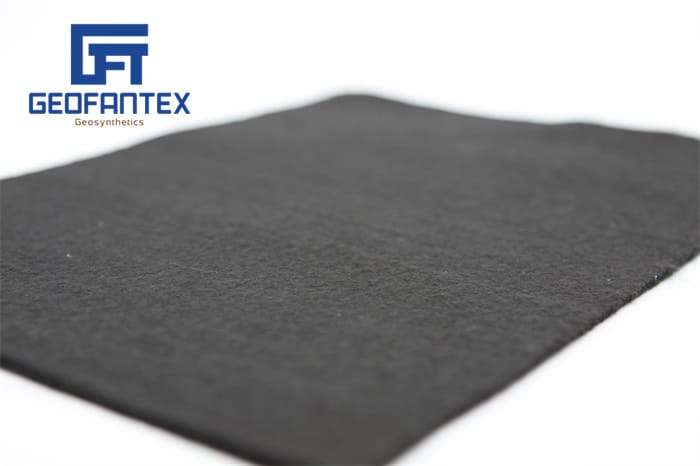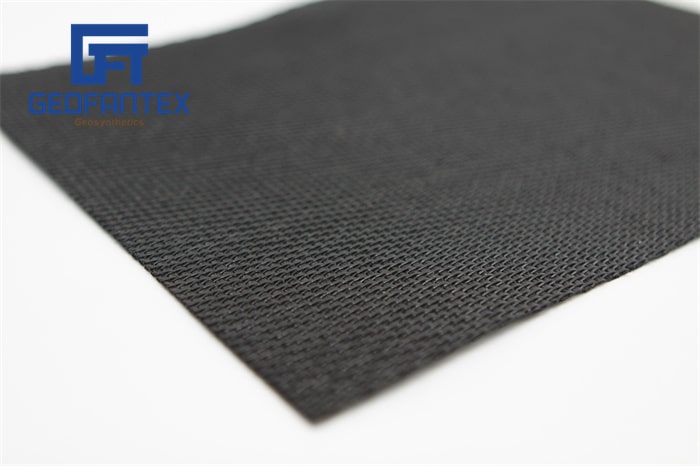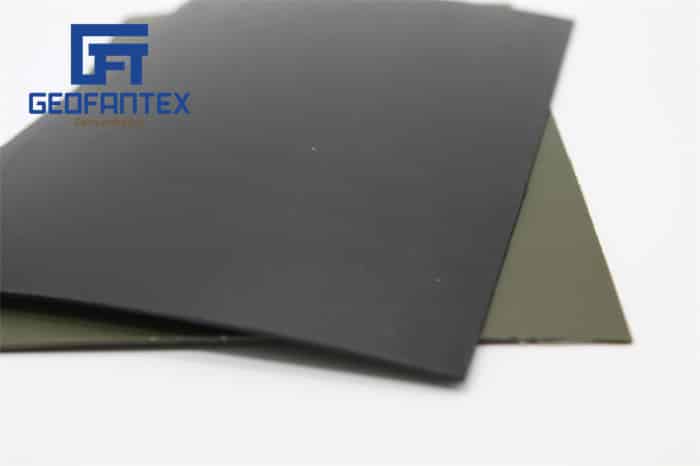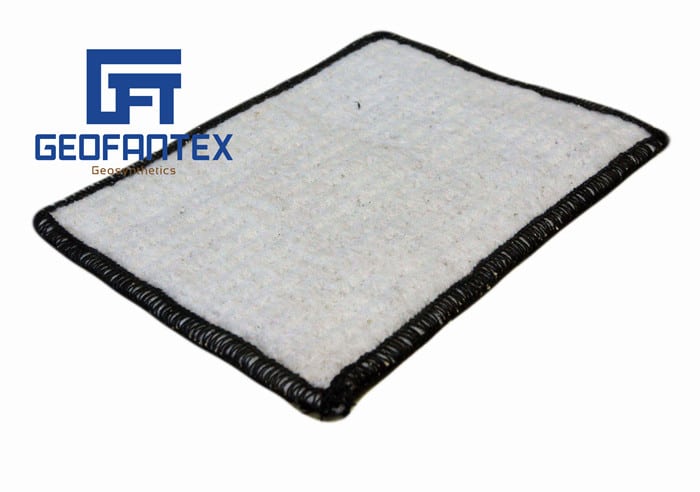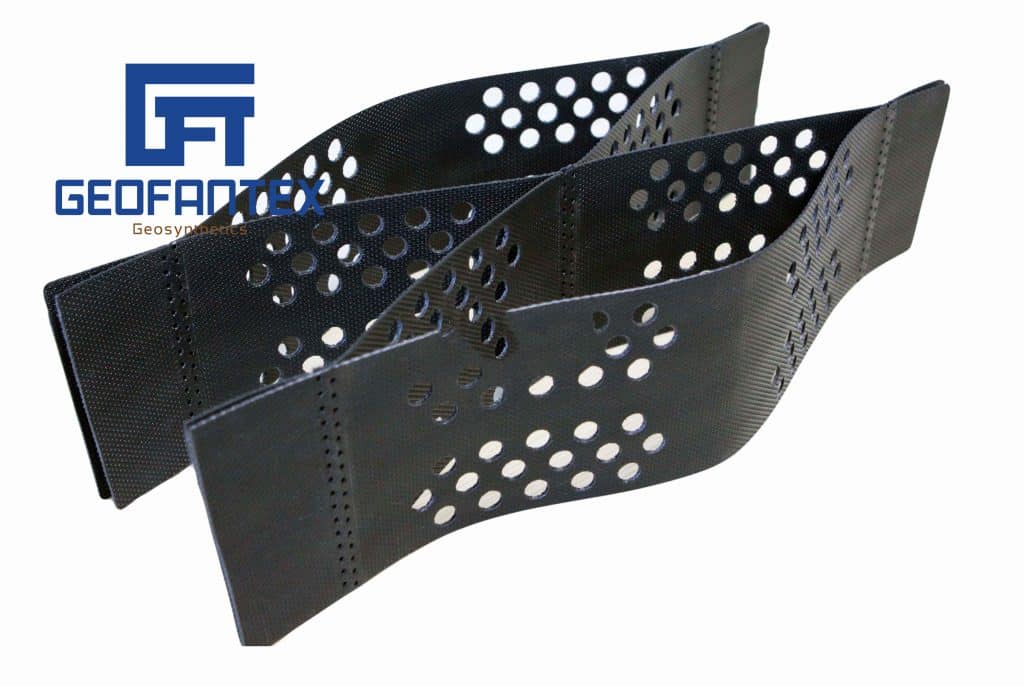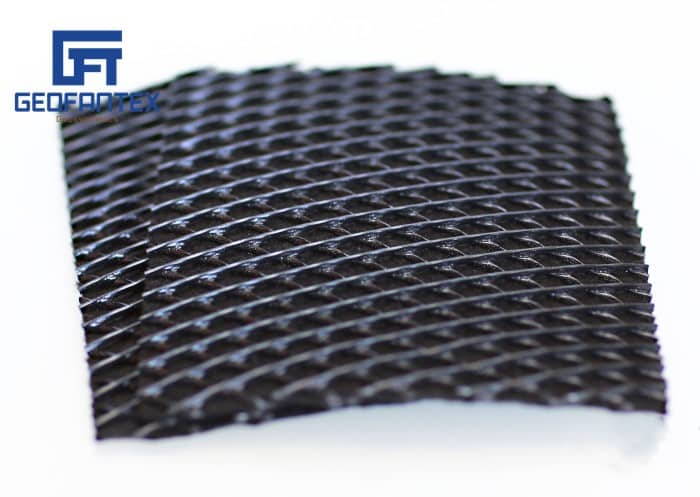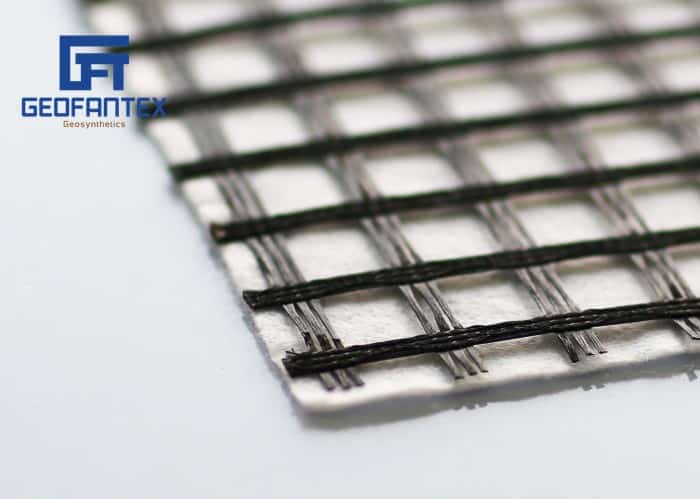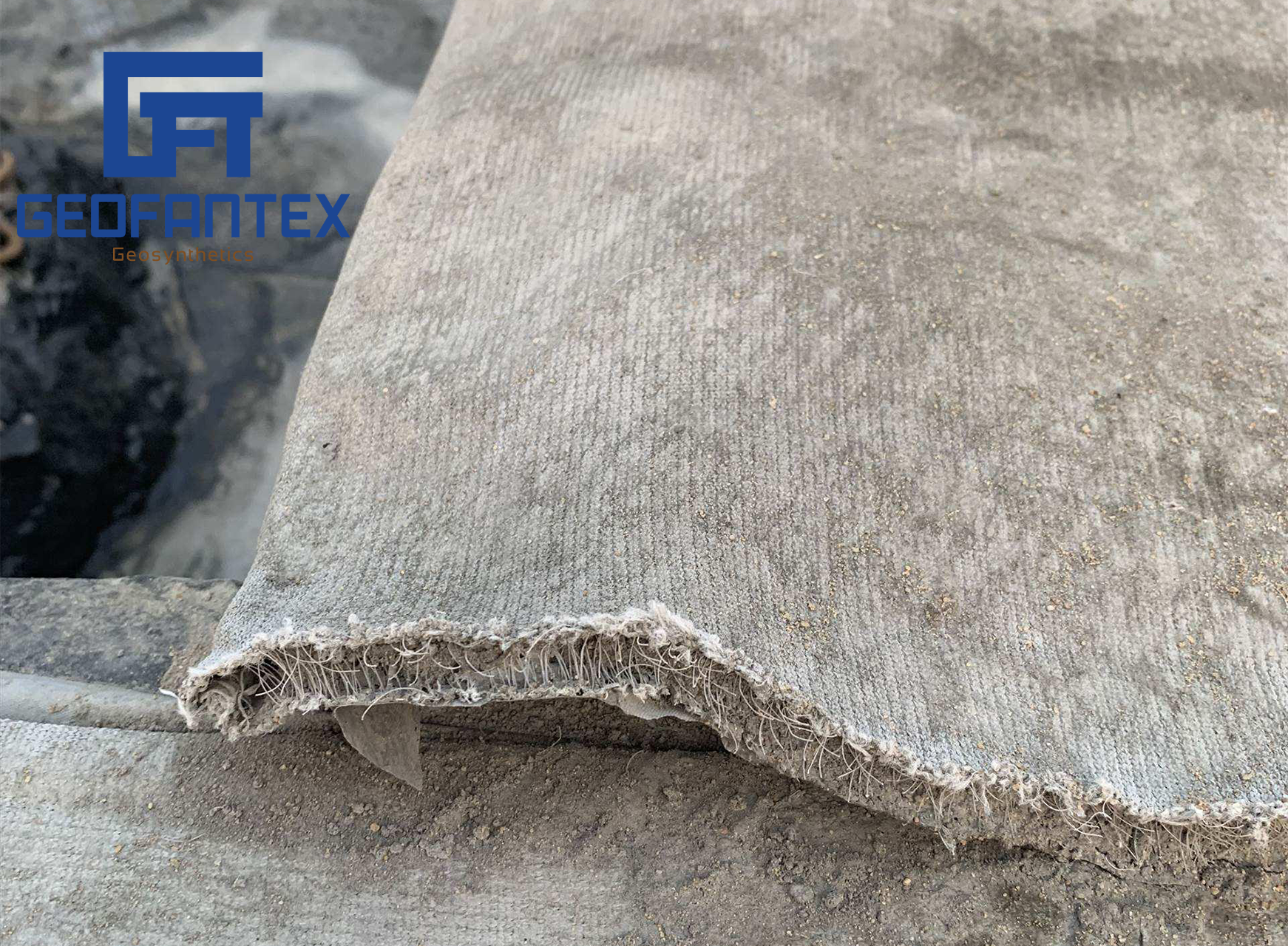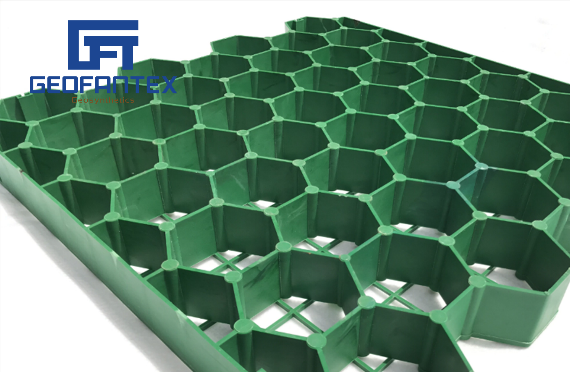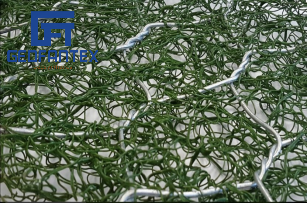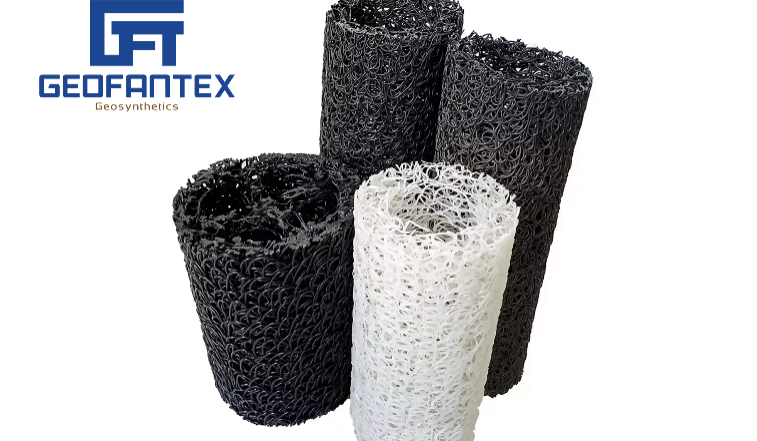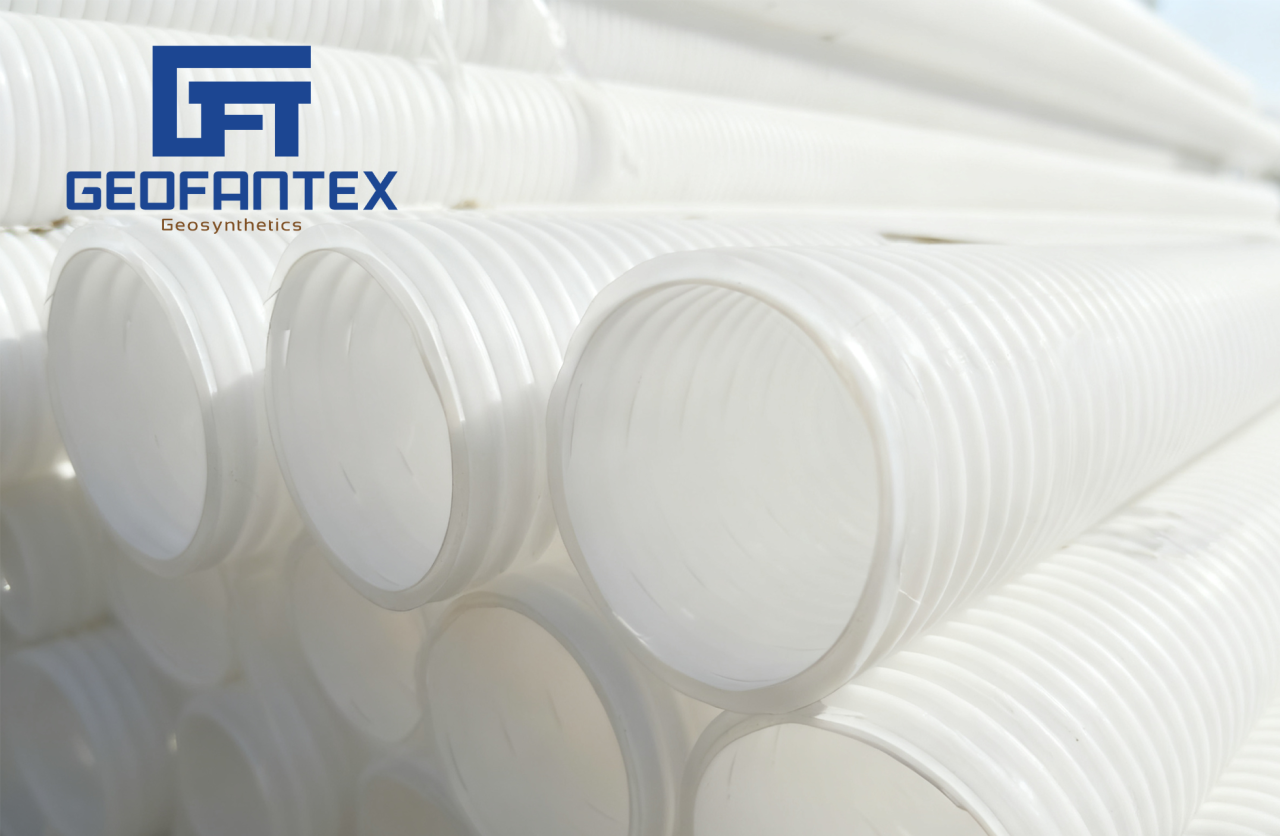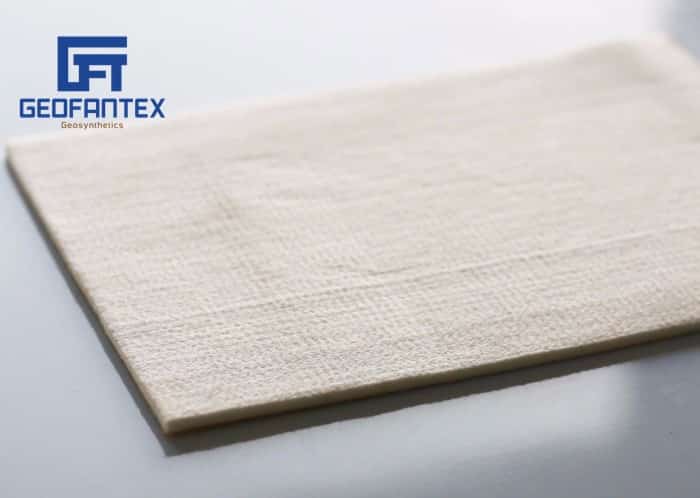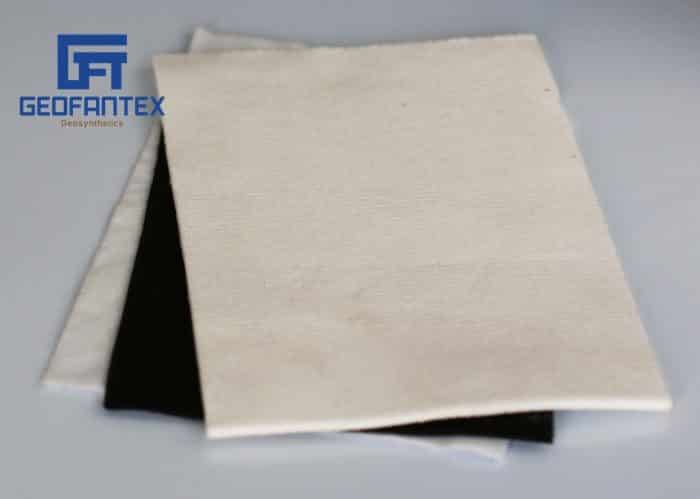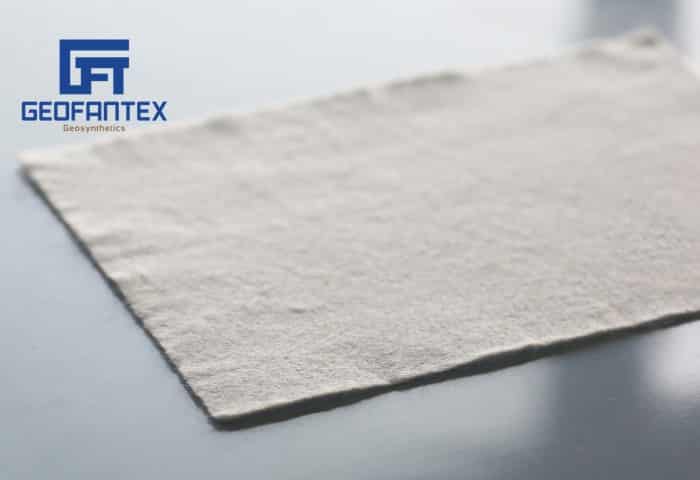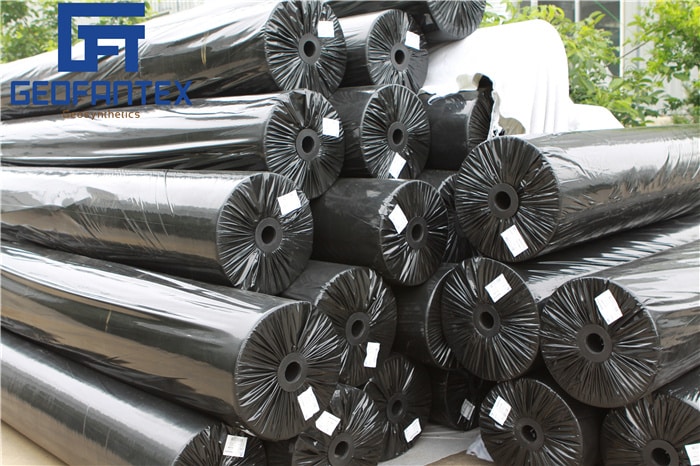+86-159 9860 6917
info@geofantex.com
geofantex@gmail.com
+86-400-8266163-44899
Geogrid installation is a critical aspect of geosynthetics application in construction projects, offering significant benefits in terms of soil reinforcement, load distribution, and overall project stability. Whether you’re dealing with roads, retaining walls, or foundations, understanding the proper installation techniques for geogrid installation can help enhance the lifespan and durability of your project. Below are some frequently asked questions about geogrid installation.
What is a geogrid, and why is it important for construction projects?
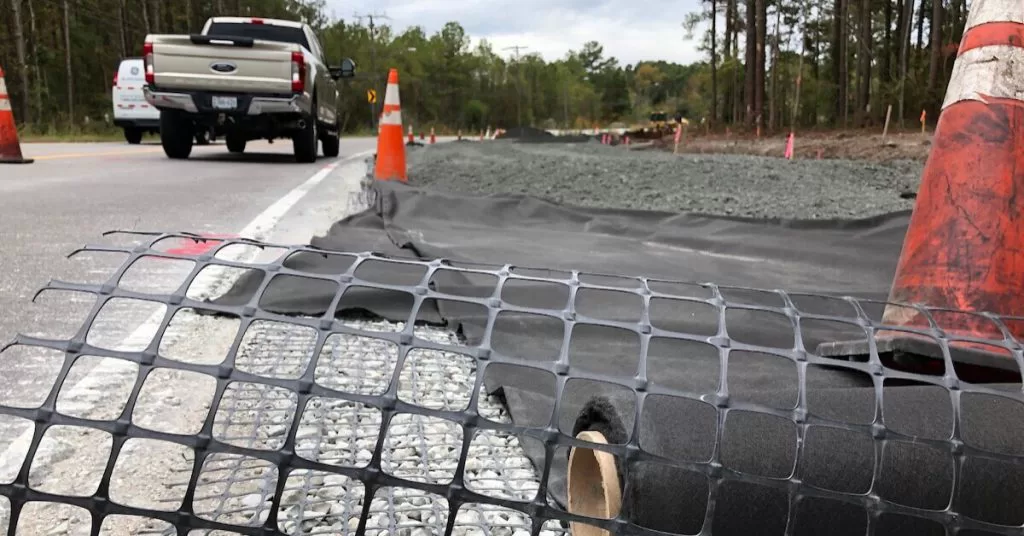
A geogrid is a type of synthetic material used in construction, particularly for reinforcing soil, improving its stability, and distributing loads more evenly. It consists of a mesh or grid-like structure made from materials like polymer, fiberglass, or polyester. Geogrids are often used in road construction, retaining walls, foundations, and other projects requiring soil stabilization.
Why is it important for construction projects?
- Improved Load Distribution: Geogrids help distribute loads across a wider area, preventing the soil from settling or shifting under pressure.
- Soil Reinforcement: They reinforce weak or loose soils, increasing their strength and helping to reduce the risk of erosion or instability.
- Enhanced Durability: By using geogrids, construction projects can last longer because they help prevent damage from environmental factors like heavy rainfall, freeze-thaw cycles, or seismic activity.
- Cost-Effectiveness: Using geogrids can reduce the need for deeper excavations or more expensive materials, making the construction process more economical.
Geogrids are particularly useful in areas with poor or loose soil, or in projects that need to bear heavy loads, like highways, bridges, and foundations. They’re often used as a solution to increase the performance and longevity of infrastructure.
How does geogrid installation improve soil reinforcement?
Geogrid installation enhances soil reinforcement by creating a grid-like structure that interlocks with the surrounding soil particles. This results in increased shear strength, reduced deformation, and enhanced bearing capacity. The use of geogrids in soil stabilization applications helps prevent soil erosion and provides cost-effective solutions in areas prone to heavy traffic or poor soil conditions. According to the Geosynthetic Institute, proper geogrid installation can increase the stability of unpaved roads by up to 50% compared to unreinforced soils.
What are the common mistakes to avoid during geogrid installation?
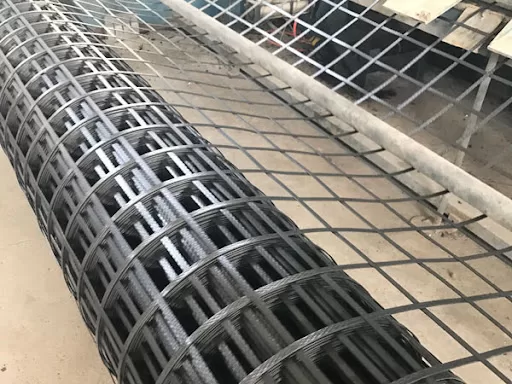
During geogrid installation, it is essential to avoid several common mistakes that could affect the effectiveness of the geosynthetic material. These include:
- Incorrect placement: Geogrids must be laid flat and aligned properly to maximize their reinforcing capabilities.
- Lack of compaction: Insufficient compaction of soil beneath and above the geogrid can lead to inadequate soil interlocking and reduced strength.
- Overstretching: Overstretching the geogrid during installation can result in reduced effectiveness, causing premature failure of the soil reinforcement.
Following proper installation guidelines is key to ensuring that the geogrid performs as intended.
What are the long-term benefits of using geogrids in construction projects?
The long-term benefits of using geogrids in construction projects are numerous. According to the International Geosynthetics Society, geogrids help reduce the need for expensive soil excavation, improve drainage, and prevent soil erosion over time. Moreover, geogrid installation can contribute to cost savings by reducing the need for more complex and expensive foundation solutions, while also increasing the longevity of roadways, foundations, and embankments.
By using geogrids, contractors can create more sustainable, stable, and cost-effective structures that are capable of withstanding heavy loads and harsh environmental conditions.
Incorporating geogrid installation into construction projects provides significant improvements in soil stability and durability. Following proper installation practices ensures that these materials will perform optimally and extend the lifespan of infrastructure.
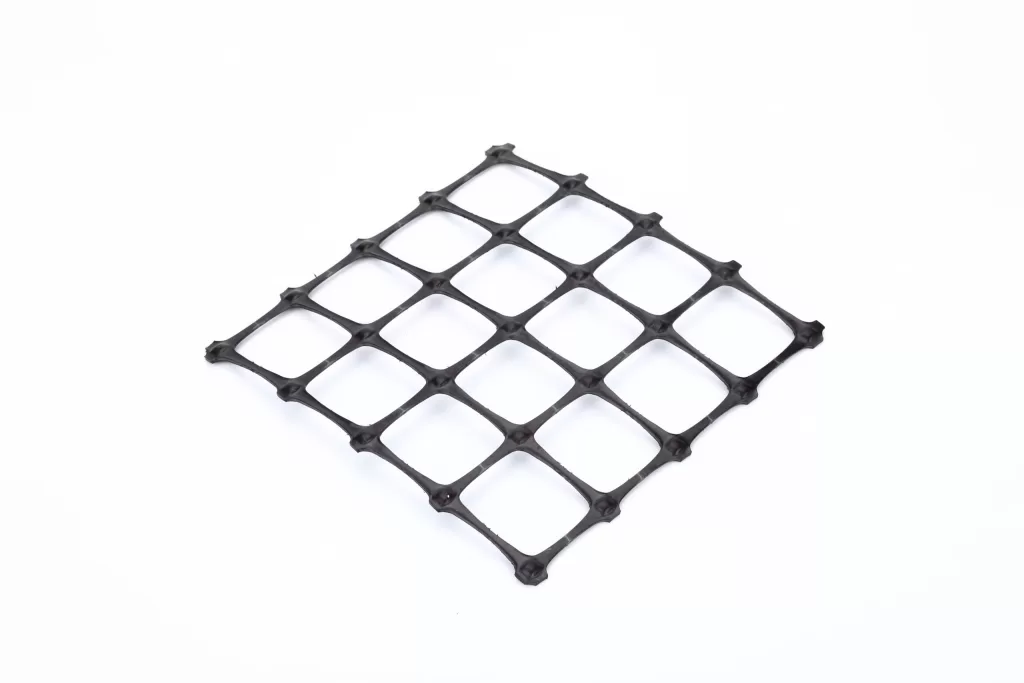
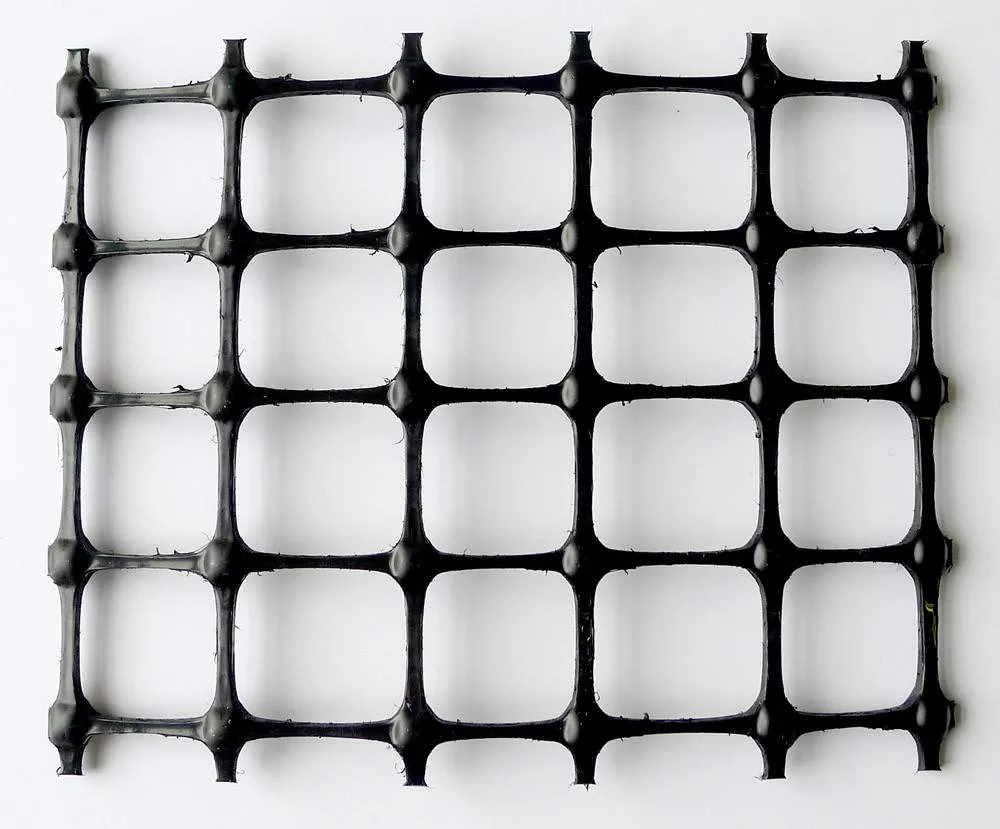
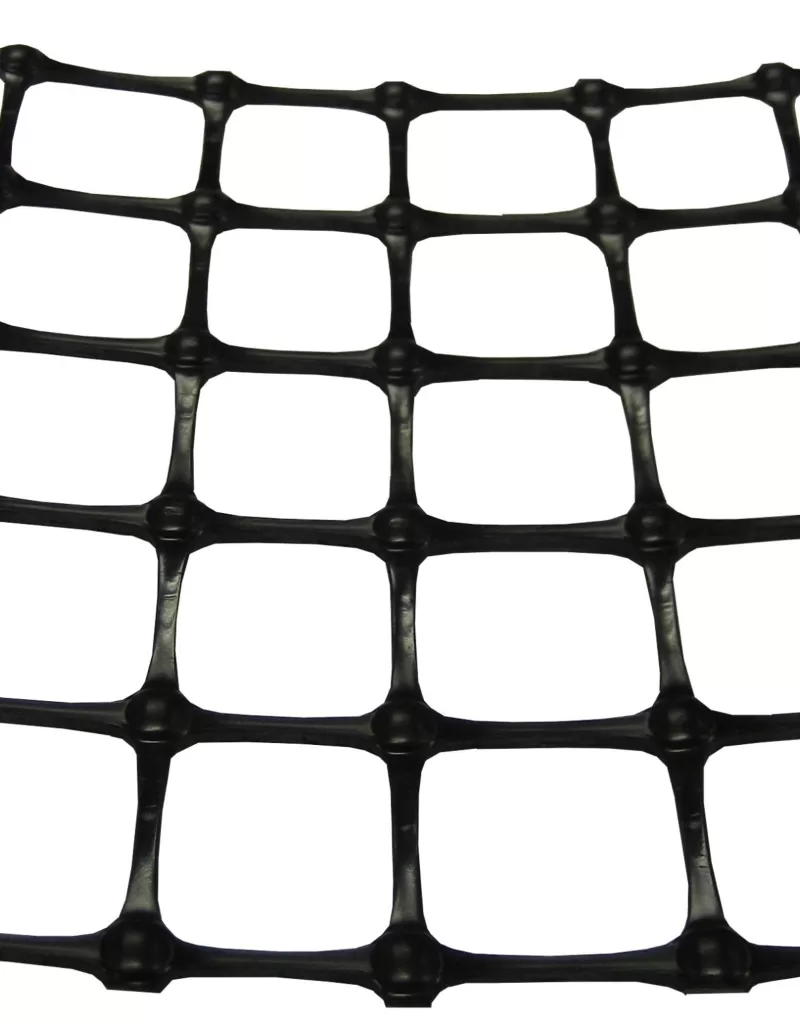
Get Free Sample
We’ll respond as soon as possible(within 12 hours)

